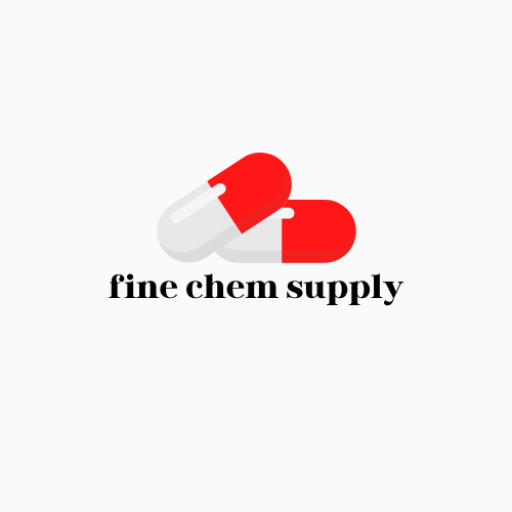Crystal methamphetamine, commonly known as crystal meth, is a highly addictive stimulant drug that affects the central nervous system. It is known for its potent effects and high potential for abuse and addiction.
Key Points About Crystal Meth
Chemical and Physical Properties
- Chemical Name: Methamphetamine hydrochloride.
- Forms: Typically appears as clear crystals resembling ice or blue-white rocks, but can also be found as a powder.
- Method of Use: Can be smoked, snorted, injected, or ingested.
Mechanism of Action
- Crystal meth increases the release and blocks the reuptake of dopamine in the brain, leading to high levels of this neurotransmitter in the synapse. This causes intense euphoria and increased energy.
Short-Term Effects
- Positive Effects: Euphoria, increased energy and alertness, enhanced physical performance, and decreased appetite.
- Negative Effects: Increased heart rate and blood pressure, hyperthermia, irregular heartbeat, anxiety, paranoia, and aggressive behavior.
Long-Term Effects
- Physical Health: Severe dental problems (“meth mouth”), weight loss, skin sores, and increased risk of infectious diseases (especially for those who inject the drug).
- Mental Health: Cognitive deficits, memory loss, violent behavior, psychosis (including paranoia, hallucinations, and delusions), and severe depression.
- Social Consequences: Relationship problems, job loss, financial difficulties, and legal issues.
Addiction and Dependence
- Crystal meth is highly addictive, with users quickly developing tolerance and dependence. Withdrawal symptoms include severe depression, fatigue, increased appetite, and intense drug cravings.
Legal Status
- Methamphetamine is classified as a Schedule II drug under the United States Controlled Substances Act, meaning it has a high potential for abuse but can be prescribed for certain medical conditions, such as ADHD and obesity, under strict regulations.
Risks and Overdose
- Overdose Symptoms: Chest pain, irregular heart rate, high or low blood pressure, hyperthermia, confusion, seizures, severe agitation, and unconsciousness.
- Treatment: Overdose requires immediate medical attention. Treatment may include supportive care, medications to manage symptoms, and efforts to prevent complications such as heart attack or stroke.
Prevention and Treatment of Addiction
- Prevention: Education about the risks of crystal meth use, early intervention, and promoting healthy lifestyles.
- Treatment: Comprehensive treatment programs that include behavioral therapy, counseling, support groups, and sometimes medications to manage withdrawal symptoms and prevent relapse. Long-term follow-up is often necessary due to the high risk of relapse.
Conclusion
Crystal meth is a dangerous and highly addictive drug with severe health and social consequences. Its potent stimulant effects and high potential for addiction make it a significant public health concern. For those struggling with crystal meth use, professional treatment and support are crucial for recovery and long-term health.

